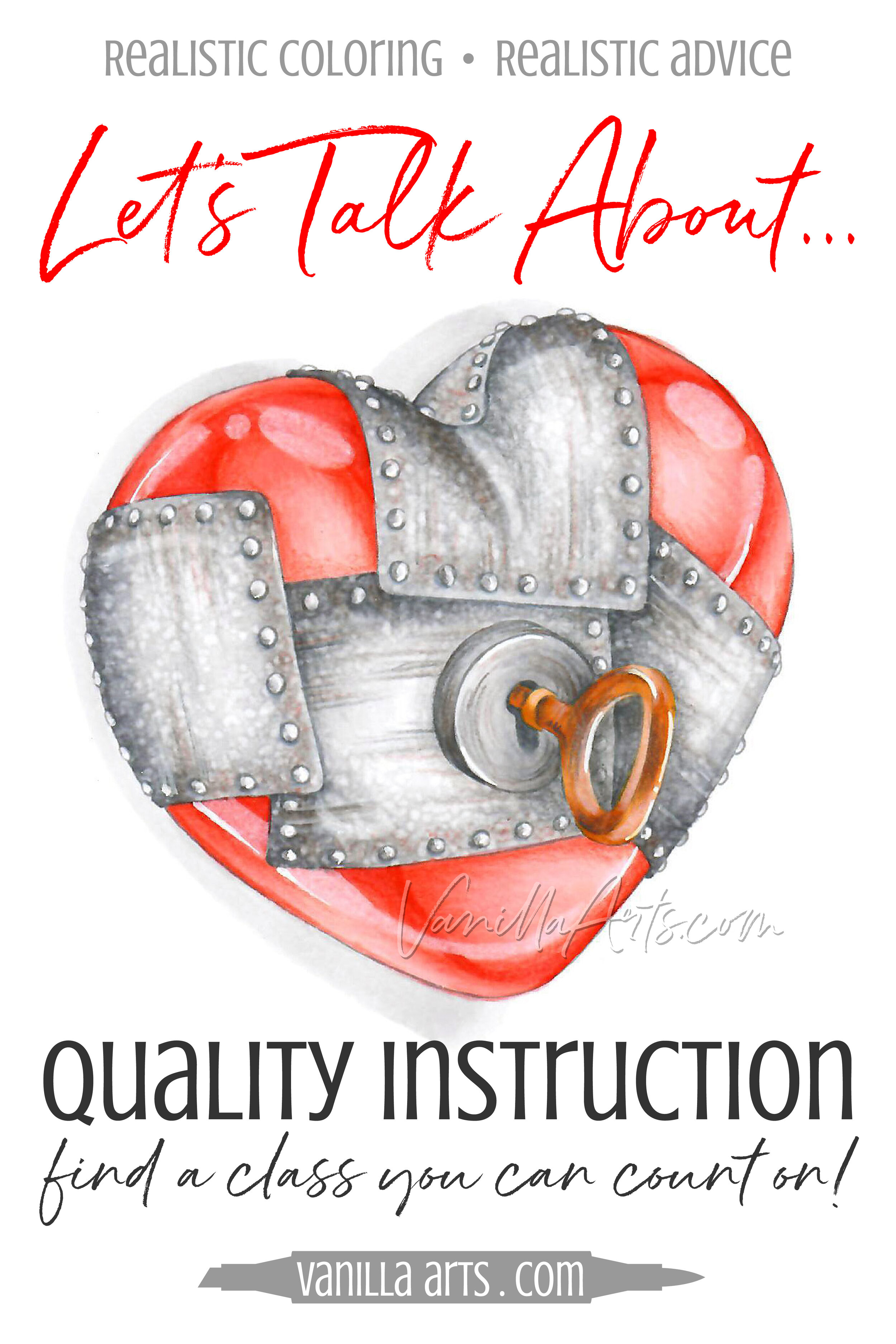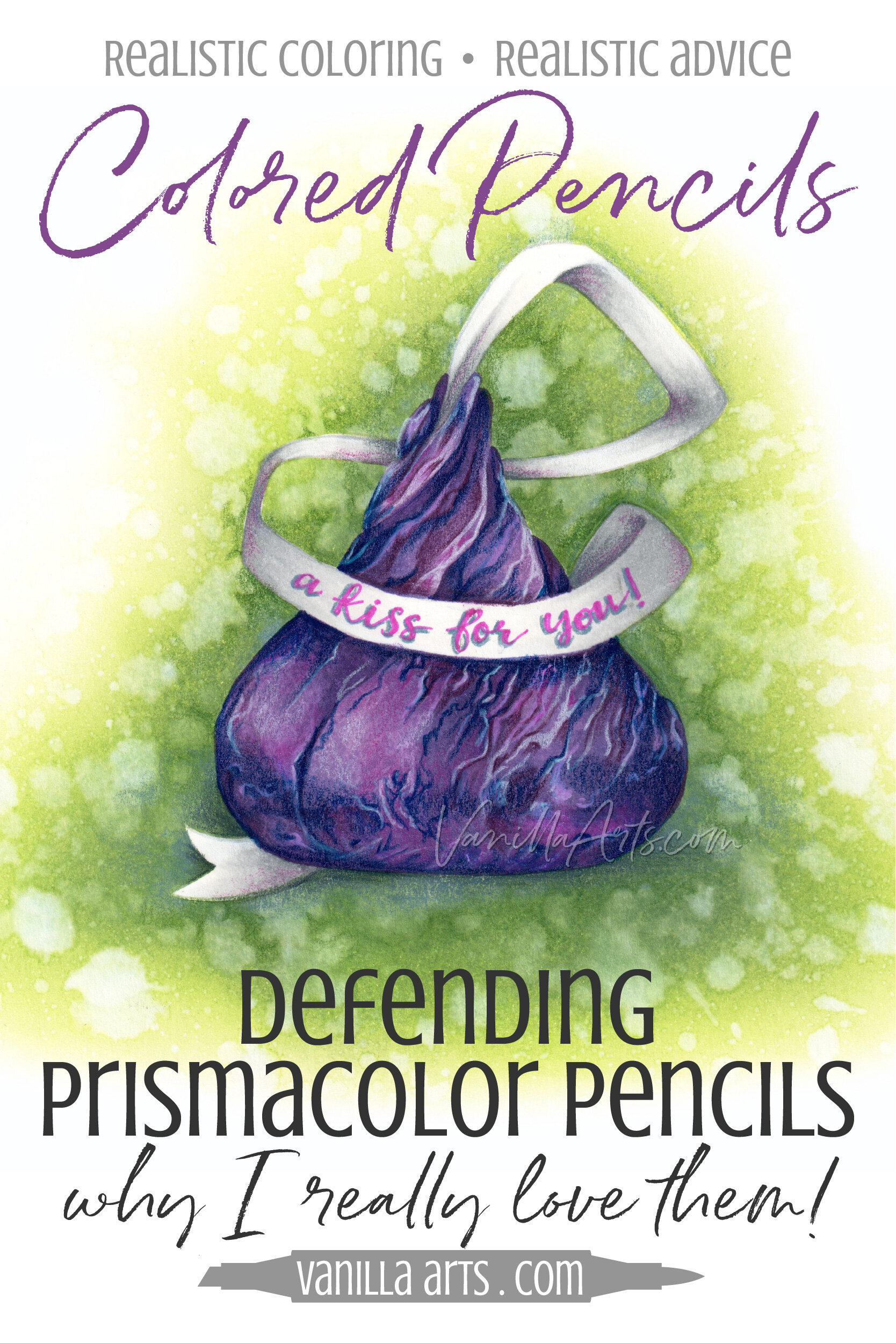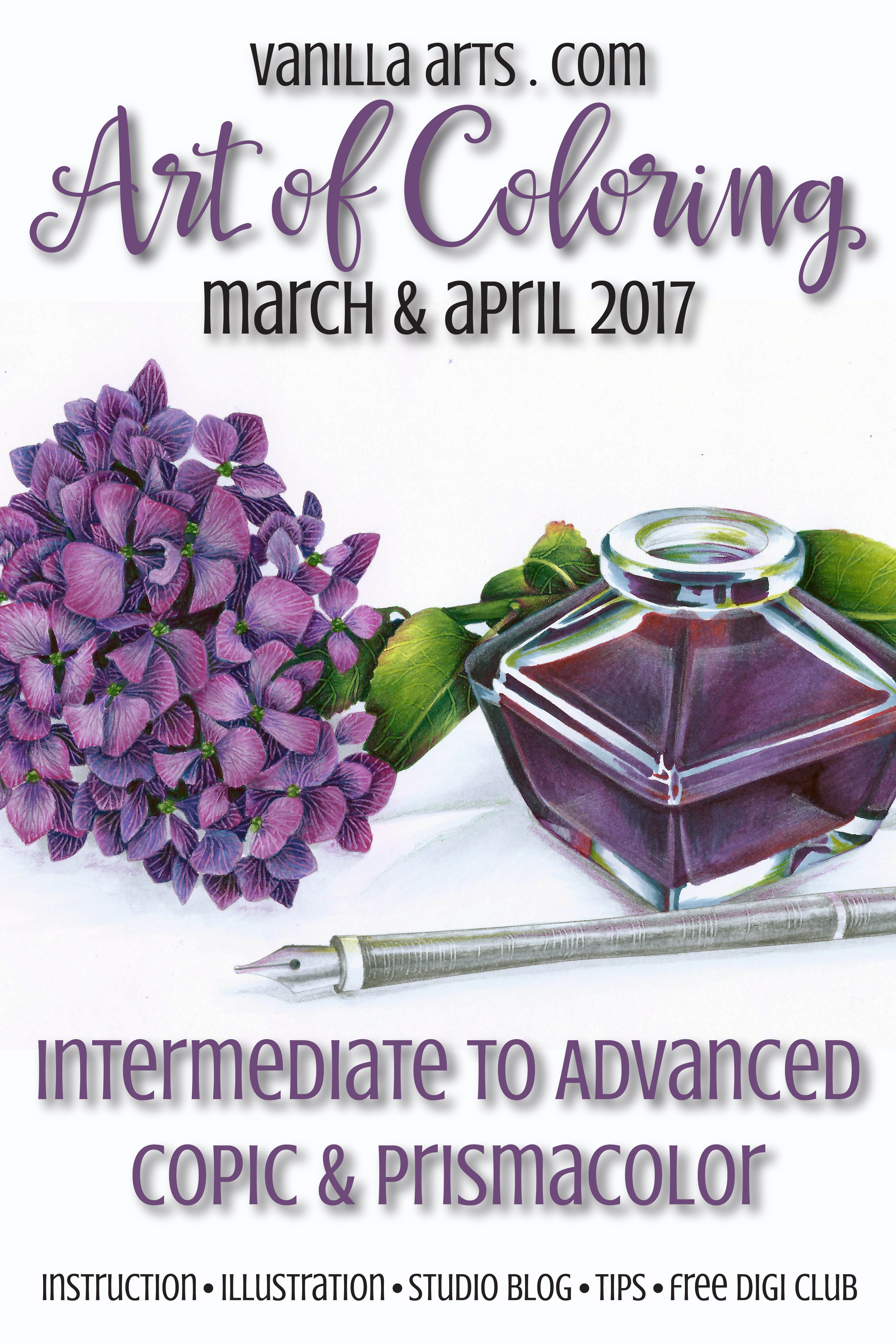
Gee, There are a lot of Copic Marker Coloring Classes Right Now...
You're doing it right…
You did not jump into Copic Markers blindly.
You read the blogs. You researched colors, paper, and storage. And you did all that before you made the big purchase.
Now you're reading every tip and tutorial you can get your hands on. You're watching videos and printing step-by-step guides-- you are eager to learn!
And yet everything you color still looks a little... well... childish?

Defending Prismacolor Soft-Core Colored Pencils - An Artist & Teacher Speaks Out
Colored Pencils are Hot
A few years ago, every crafter had to own alcohol markers. Then watercolor took center stage. Now it’s colored pencils.
There’s a ton of chatter about colored pencil on the internet right now.
And a lot of it is flat-out wrong…


